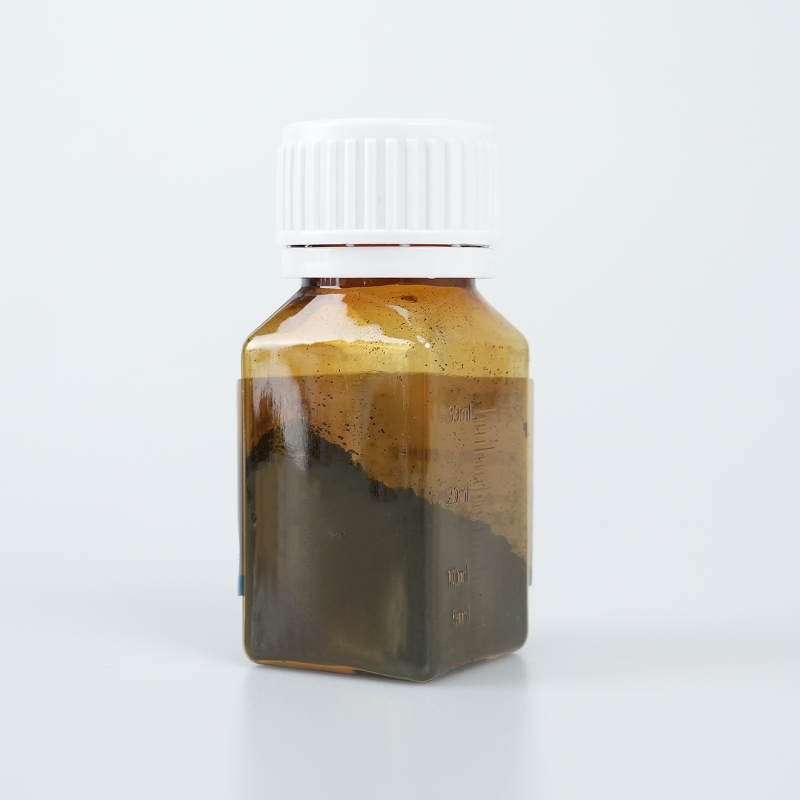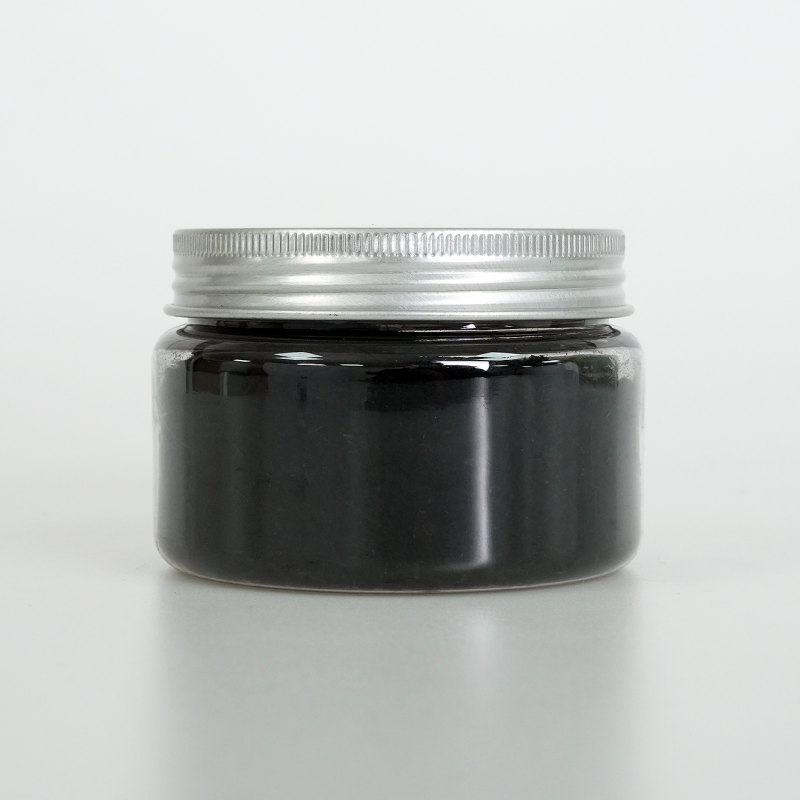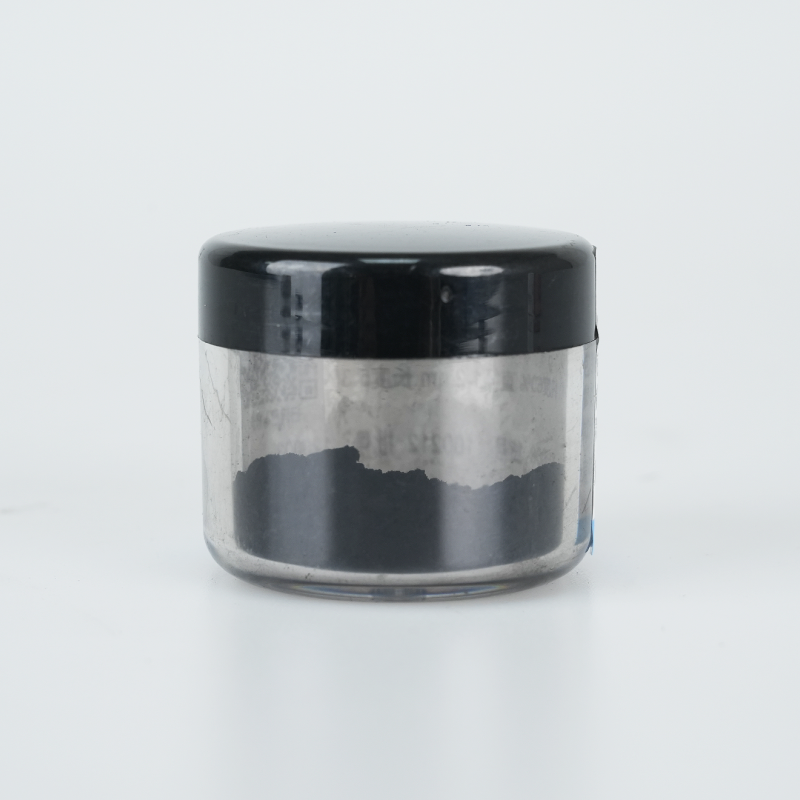Poreless polydopamine nanoparticle powder offers optimized surface functionality, superior stability, and enhanced dispersibility. Designed for biomedical and catalytic applications, it ensures controlled interactions, extended durability, and high adaptability.
Product Overview
Poreless polydopamine nanoparticles are nanomaterials formed through the self-polymerization of dopamine monomers. These nanoparticles feature functional groups such as amino and phenolic hydroxyl groups, imparting properties such as excellent biocompatibility, photothermal conversion capability, and antioxidant activity. Due to these unique characteristics, poreless polydopamine nanoparticles are widely utilized in biomedicine, drug delivery, and antimicrobial treatments.
Key Features
- Good Biocompatibility: The nanoparticles are biodegradable, easily enter cells, and demonstrate superior biocompatibility in biomedical applications.
- Outstanding Photothermal Conversion Efficiency: These nanoparticles strongly absorb light in the near-infrared region and efficiently convert it into heat, making them ideal for photothermal therapy.
- Powerful Antioxidant Capability: They effectively scavenge reactive oxygen species (ROS), playing a key role in the treatment of conditions like periodontitis.
- Efficient Drug Delivery: With their excellent adhesion and biocompatibility, these nanoparticles serve as ideal drug carriers, efficiently encapsulating and delivering therapeutic agents.
- Antibacterial Properties: When combined with antimicrobial peptides, they can be engineered into stimuli-responsive antibacterial platforms, suitable for use in antimicrobial therapy.
Applications
- Neuroprotection and Remote Neuron Stimulation: As an organic and biodegradable multifunctional tool, these nanoparticles have significant potential in neuroprotection and remote neuron stimulation.
- Periodontal Disease Treatment: Leveraging their antioxidant properties, poreless polydopamine nanoparticles show unique advantages in the treatment of periodontal diseases.
- Cancer Treatment: These nanoparticles can serve as carriers for chemotherapy drugs and immune stimulants, enhancing anti-tumor immune responses and enabling efficient photothermal therapy to rapidly destroy cancer cells.
- Antimicrobial Therapy: Used in combination with antimicrobial peptides, these nanoparticles form a responsive antibacterial platform, widely applied in the treatment of infections.
- Rheumatoid Arthritis Treatment: By inhibiting the STING pathway, these nanoparticles offer a promising approach for treating rheumatoid arthritis.
| Item | Parameter |
| Particle Diameter | 140-250nm, 300-450nm (TEM) |
| Appearance | Black powder |
Submit Your RequirementsWe will contact you within 24 hours.
 WOBO Scientific Research New Materials One-Stop Service Platform
WOBO Scientific Research New Materials One-Stop Service Platform










